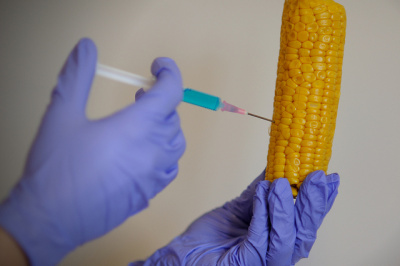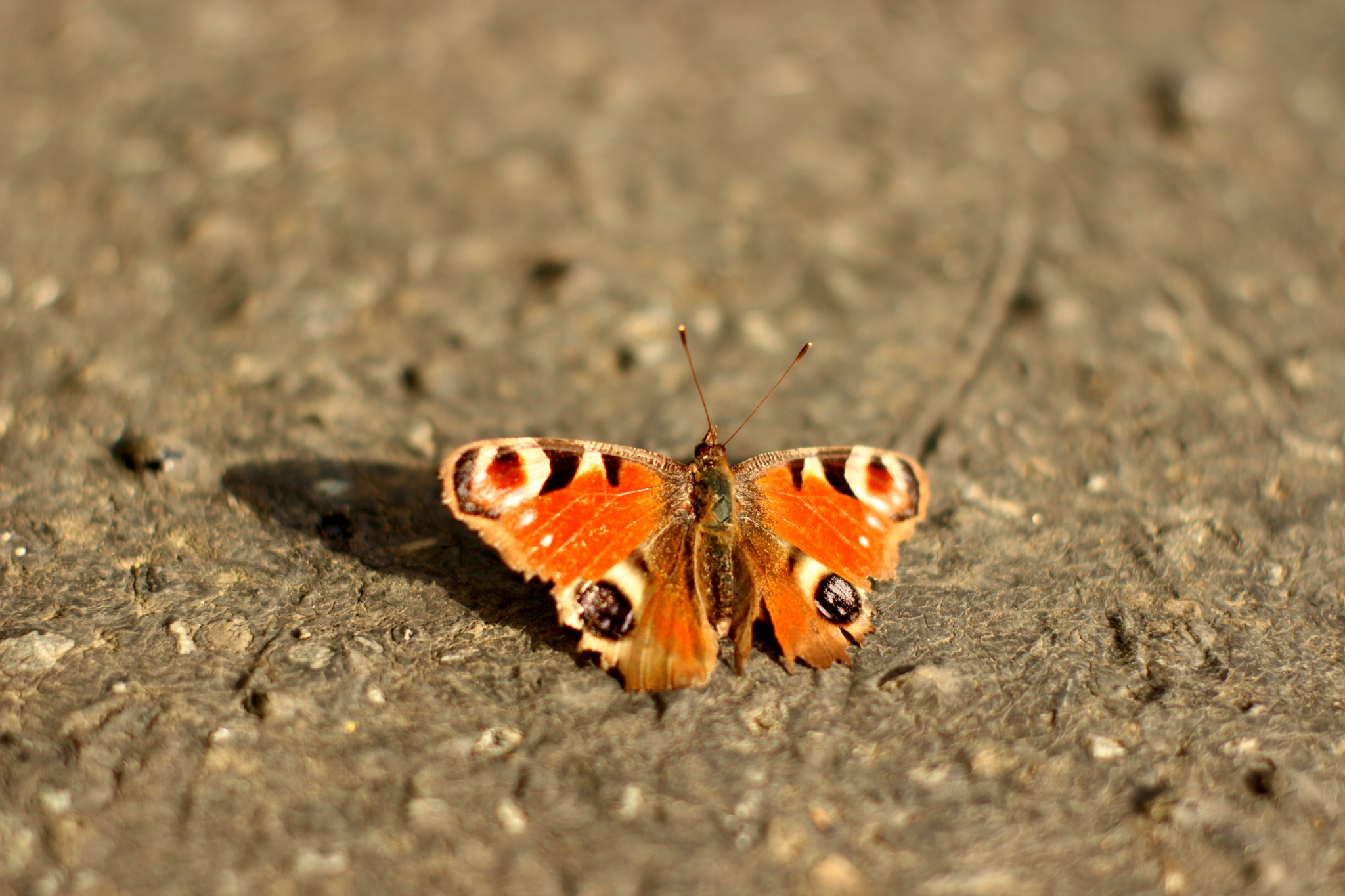Actualités
Gene Drive: EFSA considers the framework adequate but insufficient!

In November 2020, the European Food Safety Agency (EFSA) considered its existing guidelines adequate to assess the risks of Gene Drive in insects, adequate but… insufficient! This paradox makes it possible to guess that a struggle for influence is ongoing. It also makes possible to witness the use of semantics by the political/administrative/scientific world in an issue where, once again, every word is important!
An article by Hervé Le Meur, member of the association OGM Dangers and of Inf’OGM’s board.
What is Gene Drive? It is a technique of genetic modification which uses a genetic construct, inserted on one chromosome, that copies itself onto the other chromosome. It is said to be self-replicating. The consequences are twofold. Firstly, it is a GMO. Secondly, 100% of the gametes produced by an organism genetically modified by gene drive will theoretically have the modified genetic construction. Therefore, after mating, 100% of the descendants resulting from sexual reproduction will theoretically have this genetic construct forced on all their chromosomes [1]. This is why it is said that they will be forced or driven (see box below). On the other hand, in sexual reproduction, 50% of the genes come from the father and 50% from the mother. In a natural (mendelian) transmission, a gene is found on 50% of the genetic heritage of the descendant. But with forcing by Gene Drive, 100% of the chromosomes of 100% of the descendants have it. Statistically, in a few dozen generations, an entire population is thus genetically modified. Such family trees can be seen and compared in the figure above.
Driving sterility, driving Nature
The aim of Gene Drive is therefore to circumvent the laws of sexual heredity (known as Mendel’s laws) which induce genetic mixing and therefore, biodiversity within the species (intraspecific). The idea of some scientists is to associate such a self-replicating genetic construct with a genetic sequence that harms its carrier. For example, they would associate it with a genetic sequence that prevents females from living beyond the larval stage. Soon enough, there would be only males left, leading eventually to… the disappearance of the entire species since sexual reproduction requires the mating of males and females. A distracted observer might be surprised that “life sciences” are working to eradicate entire species. But that would be forgetting the discussions on the transgenic construct known as Terminator in the 2000s. At this time, it was already a question of sterilising plants… for the greater good of farmers of course! Preventing the reproduction of living organisms or controlling their fertility is therefore not new.
This paradox of defending biodiversity by proposing to eradicate species can occur in unexpected places. It should be remembered that within the International Union for Conservation of Nature (IUCN), a commission on synthetic biology has been looking into Gene Drive. However, scientists who happen to be working to develop such Gene Drive have succeeded in obtaining the IUCN to discuss about authorising and supporting such researches [2]. These scientists argue that Gene Drive might help protect biodiversity despite its aim to eradicate species or make them more uniform… This is not contradictory to them as they are more in favour of one aspect than the other.
EFSA’s experts have an opinion!
The European Food Safety Agency (EFSA) has prepared its opinion on these gene drive techniques applied to insects by first collecting the views of stakeholders who wished to express themselves, including some NGOs. Published last November, the EFSA opinion [3] concludes that “EFSA’s guidelines are adequate, but insufficient for the molecular characterisation, environmental risk assessment and post‐market environmental monitoring” of insects genetically modified by gene drive. It is adequate but insufficient… If you think having read a contradiction, you are not alone.
Without going into the scientific details of this opinion, two pieces of information seem important. The first is that the EFSA is not only made up of scientists. It is run by people who have, admittedly, often been researchers (in front of their bench), but the function creating the body and the career’s promotion transforming a researcher into an administrator, they have become EFSA directors or administrators. They have above all become their function, i.e. managers. Marie-Angèle Hermitte published an article in 2001 [4]. explaining that a commission, having to answer a question, is no longer made up of scientists, but of experts. However, the scientist dressed as an expert will not think the same way. For an expert must answer a question (the wording of which has already been formulated by going back and forth with the politicians asking the question) according to the bibliography he knows. Conversely, a researcher must… ask himself questions, or find answers and expand the bibliography. The jurist Marie-Angèle Hermitte observed that, from this point of view, the jurist principle of hearing contradictory opinions (the judge listens to each point of view) is more like the required principle of refutability in science (it must be possible to refute a statement, otherwise it is not scientific [5]) than of the consensus reached by experts advising a political decision in a report. Experts are advice-oriented, whereas scientists are question-oriented. A scientist who provides expertise then becomes an expert. For a long time, divergent opinions were not mentioned in expert reports. Otherwise they risked rendering decision-making more fragile for the politicians. The EFSA opinion seems to be the result of an internal struggle between researchers (who are critical) and administrative officials (who believe that the rules are adequate).
Politics and the double bind
A second explanation is that each reader of the final report will tend to retain only the points that directly interest him or her. When using this EFSA report on Gene Drive, european politicians will remember that they do not want to hinder Progress, Growth or Science and therefore will probably support the implementation of this Gene Drive. If necessary, it will be in a “prudent” and “wise” form, or even “without infringing our ethical principles”. In the end, the experts will not have made the decision – and that is not their role – and politicians will make it, while blaming the experts for any possible mislead! In this transfer of responsibility, some people will have been allowed to plan complete eradication a species. But, let’s be reassured, we will start with the species we like the least: mosquitoes, rats, species that invade our fields or which ecosystems have been change by us… then we will extend its use.
Finally, when EFSA says that its existing guidelines on GMO are adequate to assess the risks associated with insects genetically modified by gene drive, while specifying that additional information is needed, it gives a partly contradictory injunction (double bind). In the mandate addressed to EFSA, the European Commission had opened the door to such a response by asking it to “determine whether the existing guidelines are adequate and sufficient (…) or whether an update is necessary”. EFSA therefore only answered positively to the adequacy and negatively to the sufficiency while answering negatively to an update. Adequacy excludes an update, but insufficiency forces to look for complements!
Faced with this, it seems important not to forget the basic informations. The first is that with gene drive, some scientists want to force eradication of entire species by new GMOs arising from synthetic biology. The second is that it is at least paradoxical to present this approach as intended to “protect biodiversity”.
Genetically modified insects,
Genetically modified insects, is the language correct?
The words used are important. Some people talk about “gene drive insects”. If these words were correct, they could let people forget that in fact these insects are not only objects of the genetic modification, they also propagate it. They are therefore not only forced/driven, but also forcing/driving. The usual saying of a “gene drive insect” does not even raise the question. By describing them only as forced insects, they are almost victims, whereas they forcibly propagate the genetic construction to all their offspring. And even one may-not exclude that they disseminate to other related species.
[3] “Adequacy and sufficiency evaluation of existing EFSA guidelines for the molecular characterisation, environmental risk assessment and post‐market environmental monitoring of genetically modified insects containing engineered gene drives”, EFSA, November 2020
[4] “Marie-Angèle Hermitte, Pour une agence de l’expertise scientifique”, La Recherche, n°309, may 1998.
[5] K. Popper, Logique de la découverte scientifique, 1973, Payot, Première édition en 1934.











